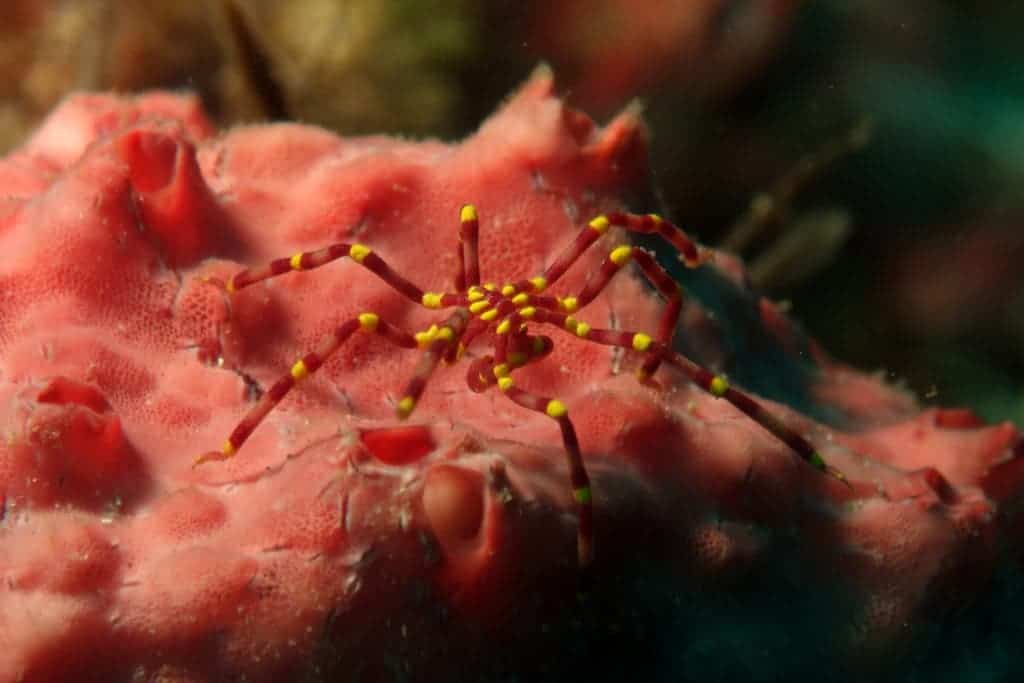Contrary to their name and appearance, spiders and sea spiders are not really related. Sea spiders are not even arachnids, though they have much in common with the group. They have long legs and a small body size, inhabiting many different parts of the world, from New Zealand, and the Pacific coast of the United States, to the Mediterranean Sea and the Caribbean Sea. They can be found as deep as 7,000 meters (23,000 ft), but can also thrive at well camouflaged beneath the rocks and algae in estuarine habitats. They’re a diverse and interesting group, and — as this study reveals — they sometimes breathe through their legs.
Stretching my legs
“The fundamental constraint shaping animal systems for internal gas transport is the slow pace of diffusion,” the study reads. The problem is that these sea spiders, despite having a heart, don’t have any of the classic breathing structures (read: gills or lungs). Their hearts are also weak, unable to pump blood properly from their long legs to their small bodies. So instead, they have to rely on a different mechanism.
They seem to use their thin, porous external skeleton. Namely, their legs.
“They do all their business in their legs,” explains Amy Moran, a marine ecologist at the University of Hawaii at Manoa. “Their gonads are in the legs, and the females store eggs in their legs.”
They’re basically using their unusual structure to compensate for their physiological disadvantages.
“They don’t have any specialized structures for gas exchange,” adds Moran, co-author of a new study on sea spiders. “We have lungs. Fish have gills. Sea spiders don’t have anything except a large surface area.”










